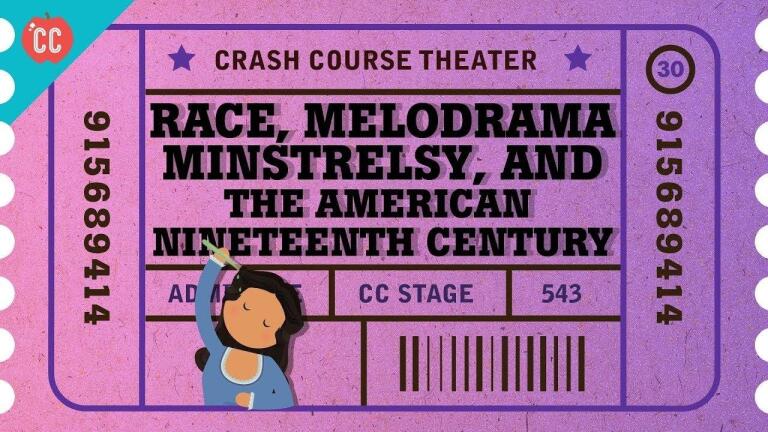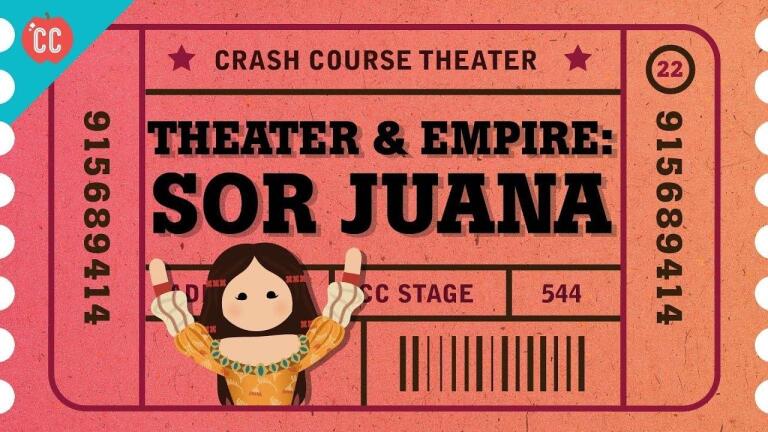Back to Show
Crash Course Theater
Rules, Rule-Breaking, and French Neoclassicism
Season 1
Episode 20
The French Neoclassical revival had a BUNCH of French playwrights following a bunch of rules. Unsurprisingly, some of the most interesting plays of the era broke those rules. Today, we'll talk about the rules, and we'll talk about Racine (who followed them), and Corneille (who was not so much a rules guy).
Support Provided By

12:06
19th century playwrights remade the French theater – first with Realism, then Naturalism.

13:04
19th century racism contributed to a unique and troubling performance culture in America.

12:07
How did American theater develop after the Revolutionary War?

11:34
In the 18th century, audiences were ready for some really, really dramatic theater.

11:09
After Germany was unified, we got Sturm, Drang, Weimar Classicism and Goethe.

11:37
English Sentimental Comedies weren't that funny, but they were definitely sentimental.

10:51
Let's discuss wizard theater and the rise of classical Chinese theater and Beijing Opera.

10:13
Learn about the all-night dance shows in India that culminate in killing a Demon.

11:51
Under the Shoguns, we get Kabuki and Bunraku. And Samurais get in trouble for watching it.

11:06
American theater existed before Europeans arrived, and the Spanish greatly influenced it.

11:11
Meet Renaissance France's theater greatest playwright: Molière.

10:40
Spain was having kind of a moment in the 16th and 17th centuries.











